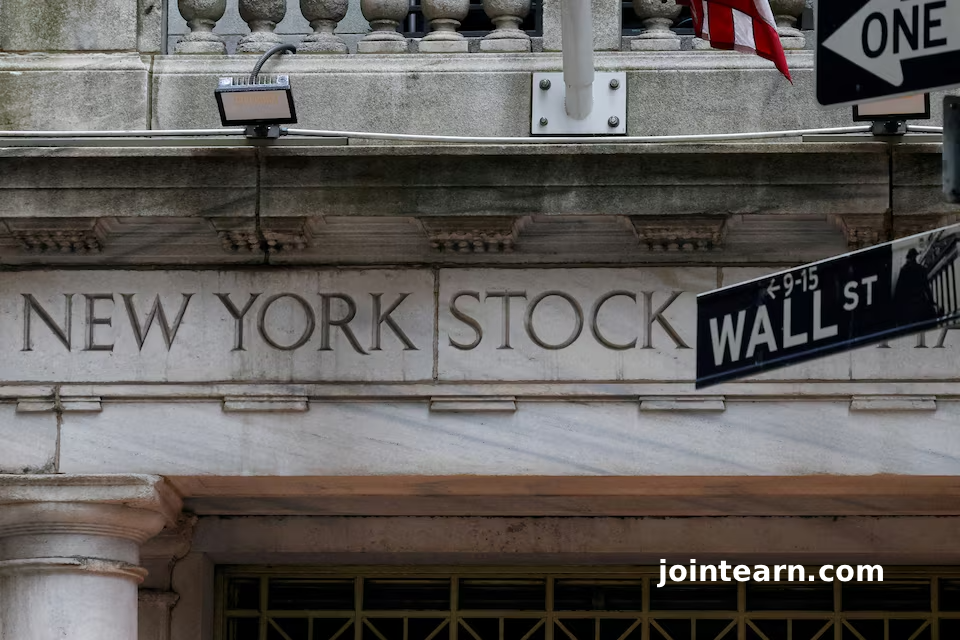
Insurance companies in the United States are experiencing their strongest year for initial public offerings in two decades, as Wall Street investors flock to recession-resistant and tariff-insulated financial sectors during a turbulent economic period dominated by U.S. President Donald Trump’s escalating trade war.
A combination of predictable cash flows, stable earnings, and limited exposure to tariff shocks has pushed private equity firms to capitalize on favorable conditions by taking more of their insurance portfolio companies public. Meanwhile, investors have increasingly shifted money away from volatile industries hammered by inflation, geopolitical risk, and tightening labor markets, redirecting their capital toward insurance firms that offer more consistent returns.
Strong Market Debuts from Aspen, American Integrity and Others
Among the most notable IPOs this year are Aspen Insurance, backed by Apollo Global Management, and American Integrity Insurance, both of which successfully listed their shares even as market sentiment weakened.
- Aspen Insurance raised nearly $457 million.
- American Integrity secured $127 million in its debut.
Both IPOs were among the first to hit the market after Trump’s tariffs triggered heavy market volatility, sidelining companies in manufacturing, tech, retail and logistics. The strong performance of these insurance listings has demonstrated a powerful investor appetite for defensive sectors.
Sector Stability Draws Investor Interest
According to Mike Bellin, IPO services leader at PwC U.S., the market chaos played directly into the strengths of the insurance industry.
“Tariff impacts and resulting volatility pushed many investors toward companies with steadier earnings and cash flow,” Bellin said. “Insurance fits that profile perfectly.”
Meanwhile, insurtech firm Exzeo successfully raised $168 million in its own IPO this month, redirecting its strategy after parent company HCI Group shelved earlier spin-off plans.
Andy Mertz, head of equity capital markets at Citizens Bank — which helped underwrite several offerings — said the sector’s resilience continues to attract institutional investors seeking predictable performance:
“Insurance companies have been insulated from tariff pressure in a way other industries simply haven’t.”
Insurance IPO Volume Reaches Highest Level Since 2005
Dealogic data shows that insurance IPOs are at their highest level in 20 years, despite overall IPO activity in the U.S. remaining below historical averages.
Matt Kennedy, senior strategist at Renaissance Capital, noted:
“We’re seeing an above-average number of insurance IPOs in a below-average IPO year.”
As of Nov. 5, U.S.-listed insurance IPOs had collectively raised $2.64 billion, marking the strongest year since the 2021 IPO boom. New entrants have also delivered robust post-IPO performance:
- American Integrity: up nearly 30%
- Aspen Insurance: up about 23%
- Neptune Insurance: up 16%
- Ategrity Specialty: up about 8%
Analysts attribute the gains to improved investment portfolio returns and rising premiums across many insurance lines.
Challenges Remain, but Growth Pipeline is Strong
Although some insurers have reported pressure from falling policy prices and higher claims linked to trade disruptions, analysts and bankers expect the sector’s resilient growth to continue drawing interest.
Mertz emphasized that investors are increasingly focused on company-specific growth strategies, especially for leadership teams targeting public markets.
Looking ahead, PwC’s Bellin highlighted a significant pipeline of insurers — many backed by private equity — preparing to go public after years of expansion and consolidation. However, the longest U.S. government shutdown on record has caused delays as the Securities and Exchange Commission (SEC) works to clear a mounting backlog with reduced staffing.
“It’s definitely going to impact the number of IPOs we see in 2025,” Bellin said. “Momentum will shift into the first half of 2026.”
Leave a Reply